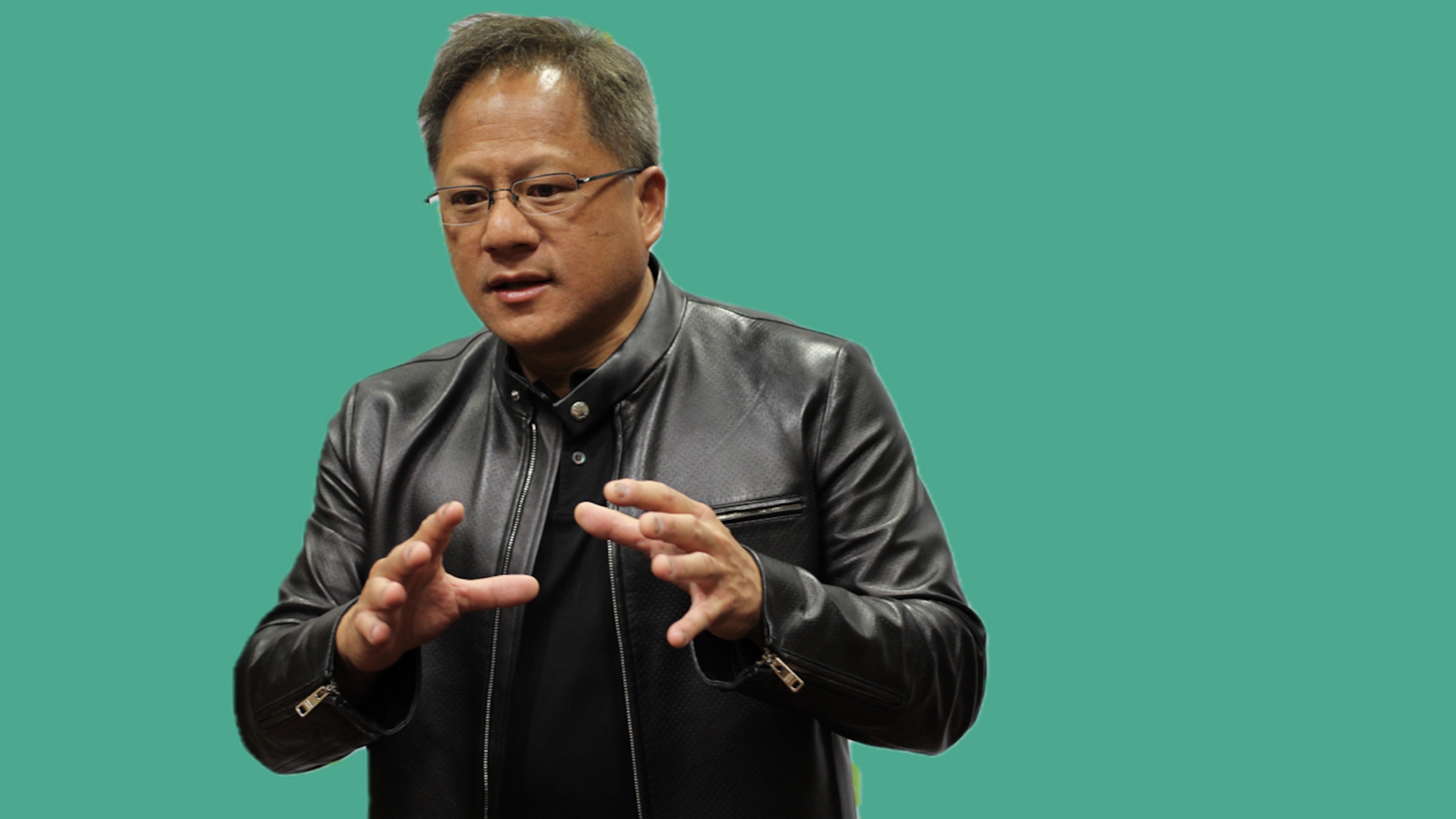Should the Old Masters Give Way to the New Ones?

Perhaps the one unavoidable fact all museums must face is the reality of limited space. Who stays? Who goes? Most importantly, who makes those decisions? In Germany, these questions have taken on a whole new degree of importance. The Gemäldegalerie—home of Berlin’s most prestigious Old Masters’ collection, with works by Vermeer, Rembrandt, Dürer, Jan van Eyck, Raphael, Titian, Caravaggio, Rubens, and others—faces a move to another, smaller location to make room for the expansion of the Neue Nationalgalerie, where masterpieces by some of the biggest names of 20th century art will be displayed. Germans seem split between those who want their Rembrandt (shown above, in his 1630 etching Self-Portrait with a Cap, Openmouthed) right where he’s been and those who would like to see Germany finally to have a world-class modern art museum. As other museums and countries eventually face this same problem, we’ll all have to ask if the Old Masters should give way to the new ones?
As reported by Charly Wilder in Der Spiegel, German billionaire industrialist Heiner Pietzsch (and his wife Ulla) has been called the “Gemäldegalerie Killer” by the German press. The 82-year-old Pietzsch donated a priceless collection of modern art to the nation on the condition that it be displayed in a museum dedicated to modern art. “Instead of all of this arguing, a decision is indispensible,” Pietzsch responded in an interview about the controversy. “Let’s stick to the facts, if the condition that our collection is exhibited in the context of a 20th century museum is not met, we will cancel the donation contract.” If that sounds like an ultimatum, it is. But a large contingent of German art officials claim that a relocation of the Old Masters’ collection was an inevitable decision that Pietzsch’s donation and conditions made more immediate.
The Pietzsch collection is hard to ignore. Max Ernst, René Magritte, Joan Miró, Salvador Dalí, Jackson Pollock, Mark Rothko, Robert Motherwell, Barnett Newman, and Frida Kahlo are just some of the big names featured. The Neue Nationalgalerie already doesn’t have enough room to display their own works by German modern geniuses such as Max Beckmann, Sigmar Polke, and Gerhard Richter, so an expansion is not just desired, but essential if they’re going to serve the viewing public clamoring to see not just German modern art, but the best of international modernism.
German officials are trying desperately to have the best of both worlds—Old and New—but the search for alternative plans will, at best, delay the display of the Pietzsch collection and, at worst, the devastating loss of the donation entirely. But even if the worst-case scenario happens, it will still just delay the inevitable question of what to do with an ever-increasing collection in a never-increasing gallery space.
On one hand, the Old Masters prevail because they’ve stood the test of time. The art of today owes much to that of yesterday. To forget the art of the past would rob future artists of the education generations have enjoyed. But to privilege the past to the exclusion of the present might make art irrelevant to present issues purely through the distance of time. However, we must also avoid the danger of seeing modern art as better than older art based on a belief in progress in the arts. Rothko’s no better than Rembrandt because of chronology and the development of artistic movements, and vice versa. It will be interesting to see how this case plays out in Germany. It might be the first battle in what will be a long war for space on museum walls.
[Image:Rembrandt. Self-Portrait with a Cap, Openmouthed (detail), 1630.]





